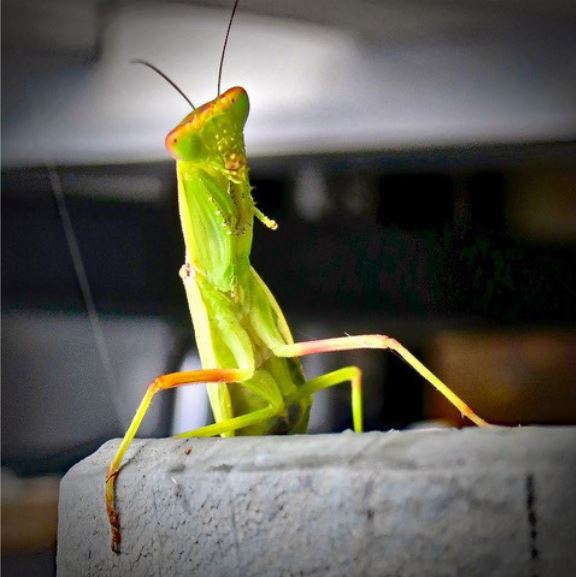April 4th, 2023Glen, about the house…
All foot and stomach
If any zoological name was totally descriptive ‘gastropod’ (stomach foot) surely
sums up the gardener’s oldest foe – snails and slugs – undoubtedly among the oldest of
the common garden pests.

These terrestrial members of the mollusc family mainly consist of a long stomach-
supporting foot and, of course, obviously, a voracious mouth.
They slide along on this foot, in cool weather and mostly at night, aided by
exuding a slimy substance, leaving a silvery ‘snail trail’ as they go. A dead give-away
when hunting them down.
Snails are hermaphrodites, obviating the need for ‘two to tango’ and bury large
clusters of small tapioca-like eggs in the ground – often to be found when digging in
moist ground. After hatching they grow rapidly, devouring everything green and leafy
in their path, even climbing trees and citrus in particular, to feed on the young leaves.
They particularly love passion fruit, usually ringbarking them on their way up to
the foliage, to say nothing of your freshly planted flower and vegetable seedlings.
The bad news is that, if undisturbed, they have been known to survive for up to
10 years.
The good news is that they can be easily disposed of without the need for toxic
or expensive methods. Probably the oldest and most successful method is to find and
eliminate their hiding places, and maybe, persuade neighbours to do the same thing.
Once you know their favourite haunts, usually in long grass or at the base of
clumps of agapanthus, lilies etc, regularly inspect them and dispose of any slugs and/
or snails marauding there.
They will usually be on the move after a decent rain shower in autumn when
collection is quite easy and successful. You can activate them in drier times with your
sprinkler.
One of my boyhood weekend tasks around the nursery, was the Snail Patrol, after
every decent period of rain inspecting all the likely areas of the property, armed with a
bucket and a bag of garden lime. A goodly layer of the lime spread over the top of the
snails did the trick.
Common household salt has the same effect in the garden but you should make
sure to keep it from burning your plants. You can, however, use powdered alum,
dissolved in water, for the same results without any harm to the plants.
Alum can also be used, mixed with sawdust, and placed as a barricade around
your small seedlings or shrubs. The sawdust clogs up snails’ and slugs’ lubricating
systems and the alum will kill them.
Another good remedy is to place baits in strategic places to attract and dispense
with them.
My favourite is the glass jar, buried up to the rim in a strategic spot with a
centimetre or two of beer – I know, a great sacrifice – in the bottom. The trick is
that the snails fall in and are unable (perhaps unwilling) to escape. (The sounds of
drunken revelry are only faint and well worth the effort.)
Send in the cavalry
If, like Peta and I, you have eschewed the use of all things chemical in your
garden to do things naturally, you should look to our friendly helpers, the birds and
predator insects and the role they can play in keeping the pests at bay.
I know that there can be problems that nature can’t fix without a little help from
us but that still doesn’t call for the use of toxic materials.

Among our own many useful insects is the praying mantis, like the ferocious-
looking, little aphis-eater, pictured middle, looking to ambush his next lunch.
Got a gardening query? Email glenzgarden@gmail.com










